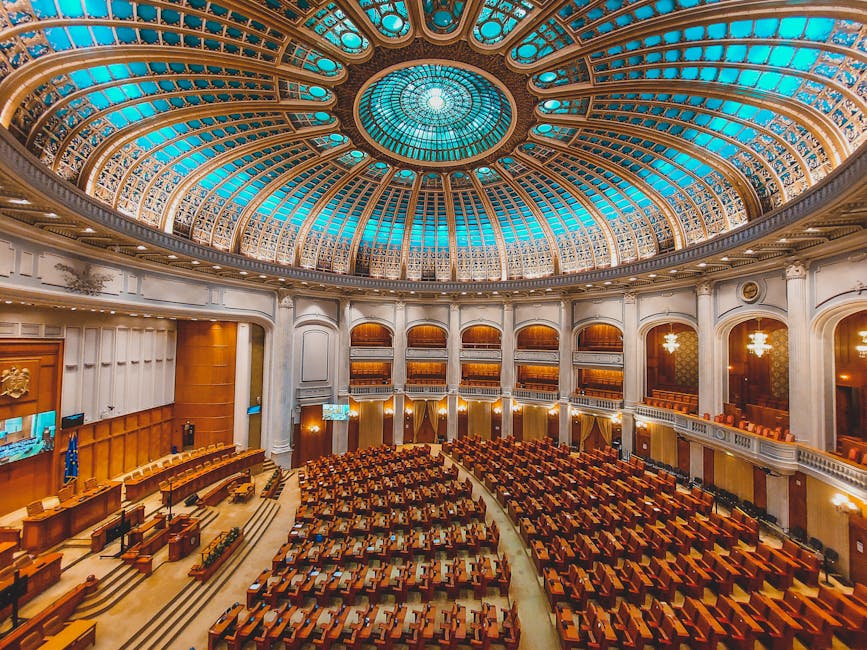As the festive season kicks off with Diwali just around the corner, Delhi’s air quality has taken a severe hit, with the Air Quality Index (AQI) soaring above 400 in several parts of the national capital. The city, already grappling with its annual battle against pollution, has been plunged into a hazardous haze, raising alarms among residents and environmental experts alike.
AQI Crosses 400 in Key Areas
According to the Central Pollution Control Board (CPCB), areas such as Anand Vihar, Jahangirpuri, and Punjabi Bagh recorded AQI levels crossing the 400 mark, categorizing the air quality as ‘severe.’ The AQI scale considers anything above 400 as extremely harmful to health, posing risks even to healthy individuals and severely affecting those with respiratory or cardiovascular conditions.
Causes of the Pollution Spike
The sudden deterioration in air quality can be attributed to a combination of factors. While Delhi’s perennial issues like vehicular emissions, industrial pollution, and construction dust continue to plague the city, the onset of winter has exacerbated the situation. The drop in temperature and calm winds have led to the trapping of pollutants close to the ground, a phenomenon known as atmospheric inversion.
Adding fuel to the fire is the practice of stubble burning in neighboring states like Punjab and Haryana. Despite government efforts to curb this activity, farmers continue to burn crop residue, releasing massive amounts of particulate matter into the atmosphere. Satellite imagery from the Indian Agricultural Research Institute (IARI) shows a significant increase in farm fires over the past week, with smoke drifting into Delhi and worsening the air quality.
Diwali and Firecrackers: A Growing Concern
The timing of this pollution spike couldn’t be worse, as Delhi prepares for Diwali, the festival of lights. While the Supreme Court has reiterated its ban on the sale and use of firecrackers, enforcement remains a challenge. In previous years, the bursting of firecrackers during Diwali has led to a sharp spike in pollution levels, with AQI often crossing 500 in some areas.
Environmentalists are urging residents to celebrate a “green Diwali” by avoiding firecrackers and opting for eco-friendly alternatives. However, with the festive spirit in full swing, compliance with these appeals remains uncertain.
Health Risks and Public Outcry
The ‘severe’ air quality has sparked widespread concern among Delhiites. Hospitals have reported an increase in patients complaining of respiratory issues, eye irritation, and throat infections. Doctors have advised vulnerable groups, including children, the elderly, and those with pre-existing health conditions, to stay indoors and avoid outdoor activities.
Social media platforms are flooded with posts from residents expressing frustration and anxiety over the situation. Many have criticized the government for its inability to tackle the pollution crisis effectively. “Every year, we go through this nightmare. When will we see concrete action?” tweeted one user.
Government Measures and Criticism
In response to the worsening air quality, the Delhi government has reintroduced its Graded Response Action Plan (GRAP), which includes measures like banning construction activities, increasing public transport frequency, and imposing fines on polluting vehicles. The government has also urged neighboring states to take strict action against stubble burning.
However, critics argue that these measures are reactive rather than proactive. “The government waits until the situation becomes critical before taking action. We need long-term solutions, not temporary fixes,” said an environmental activist.
The Road Ahead
As Delhi braces for Diwali, the focus is on minimizing further damage to the already compromised air quality. While individual efforts like using masks, carpooling, and avoiding firecrackers can make a difference, the onus lies on policymakers to implement sustainable solutions.
The crisis serves as a stark reminder of the urgent need to address air pollution, not just during the winter months but throughout the year. Until then, Delhiites will continue to breathe toxic air, paying the price for a problem that demands immediate and collective action.
This Diwali, as the city lights up, the hope is for a brighter, cleaner future—one where the air is as festive as the spirit of the people.




